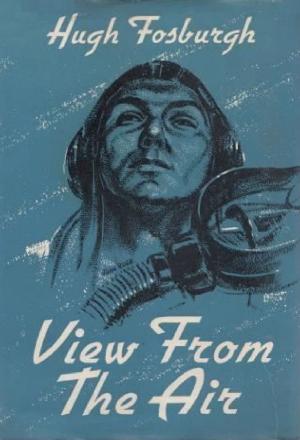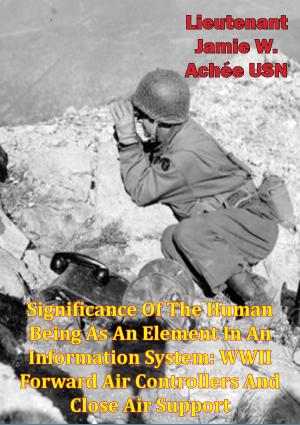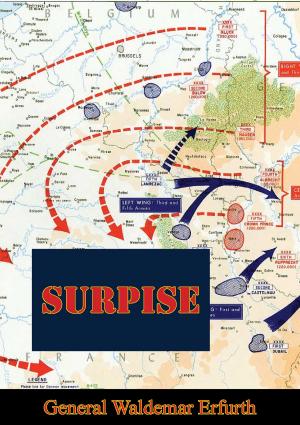Willpower: A Historical Study Of An Influential Leadership Attribute
Nonfiction, History, Military, Strategy, Aviation| Author: | LCDR David Schappert | ISBN: | 9781782899907 |
| Publisher: | Tannenberg Publishing | Publication: | November 6, 2015 |
| Imprint: | Tannenberg Publishing | Language: | English |
| Author: | LCDR David Schappert |
| ISBN: | 9781782899907 |
| Publisher: | Tannenberg Publishing |
| Publication: | November 6, 2015 |
| Imprint: | Tannenberg Publishing |
| Language: | English |
This thesis investigates a single leadership attribute: willpower. Willpower is defined as the amalgamation of continuing in the face of adversity; the refusal to accept failure; and the power to affect a desired outcome in others. The central research question investigates how a leader generates willpower and transmits it to produce a desired effect. The methodology employed investigates three historical military leaders at the strategic, operational, and tactical levels of war over a sixty year period. The leaders analyzed are General Colin Powell, Admiral Chester Nimitz, and Lieutenant General Harold Moore. This analysis method was chosen to answer the three secondary research questions: Is there a common thread? Is willpower different at different levels of war? Has willpower transmission changed over time? To provide objectivity, a leader who possessed willpower and still failed, General Douglas MacArthur, is also studied. The historical leaders studied are found to have similarities in how they generate and transmit willpower. The willpower transmission techniques employed by the research subjects have not changed significantly over the period studied. However, willpower transmission techniques do reveal differences over the three levels of war.
This thesis investigates a single leadership attribute: willpower. Willpower is defined as the amalgamation of continuing in the face of adversity; the refusal to accept failure; and the power to affect a desired outcome in others. The central research question investigates how a leader generates willpower and transmits it to produce a desired effect. The methodology employed investigates three historical military leaders at the strategic, operational, and tactical levels of war over a sixty year period. The leaders analyzed are General Colin Powell, Admiral Chester Nimitz, and Lieutenant General Harold Moore. This analysis method was chosen to answer the three secondary research questions: Is there a common thread? Is willpower different at different levels of war? Has willpower transmission changed over time? To provide objectivity, a leader who possessed willpower and still failed, General Douglas MacArthur, is also studied. The historical leaders studied are found to have similarities in how they generate and transmit willpower. The willpower transmission techniques employed by the research subjects have not changed significantly over the period studied. However, willpower transmission techniques do reveal differences over the three levels of war.



![Cover of the book Russian-Soviet Unconventional Wars in the Caucasus, Central Asia, and Afghanistan [Illustrated Edition] by LCDR David Schappert](https://www.kuoky.com/images/2015/november/300x300/9781782899655-UNi2_300x.jpg)
![Cover of the book Airborne Operations In World War II, European Theater [Illustrated Edition] by LCDR David Schappert](https://www.kuoky.com/images/2015/november/300x300/9781786252975-y4Y7_300x.jpg)







![Cover of the book Leaping The Atlantic Wall - Army Air Forces Campaigns In Western Europe, 1942-1945 [Illustrated Edition] by LCDR David Schappert](https://www.kuoky.com/images/2015/november/300x300/9781786252456-4Yqi_300x.jpg)


